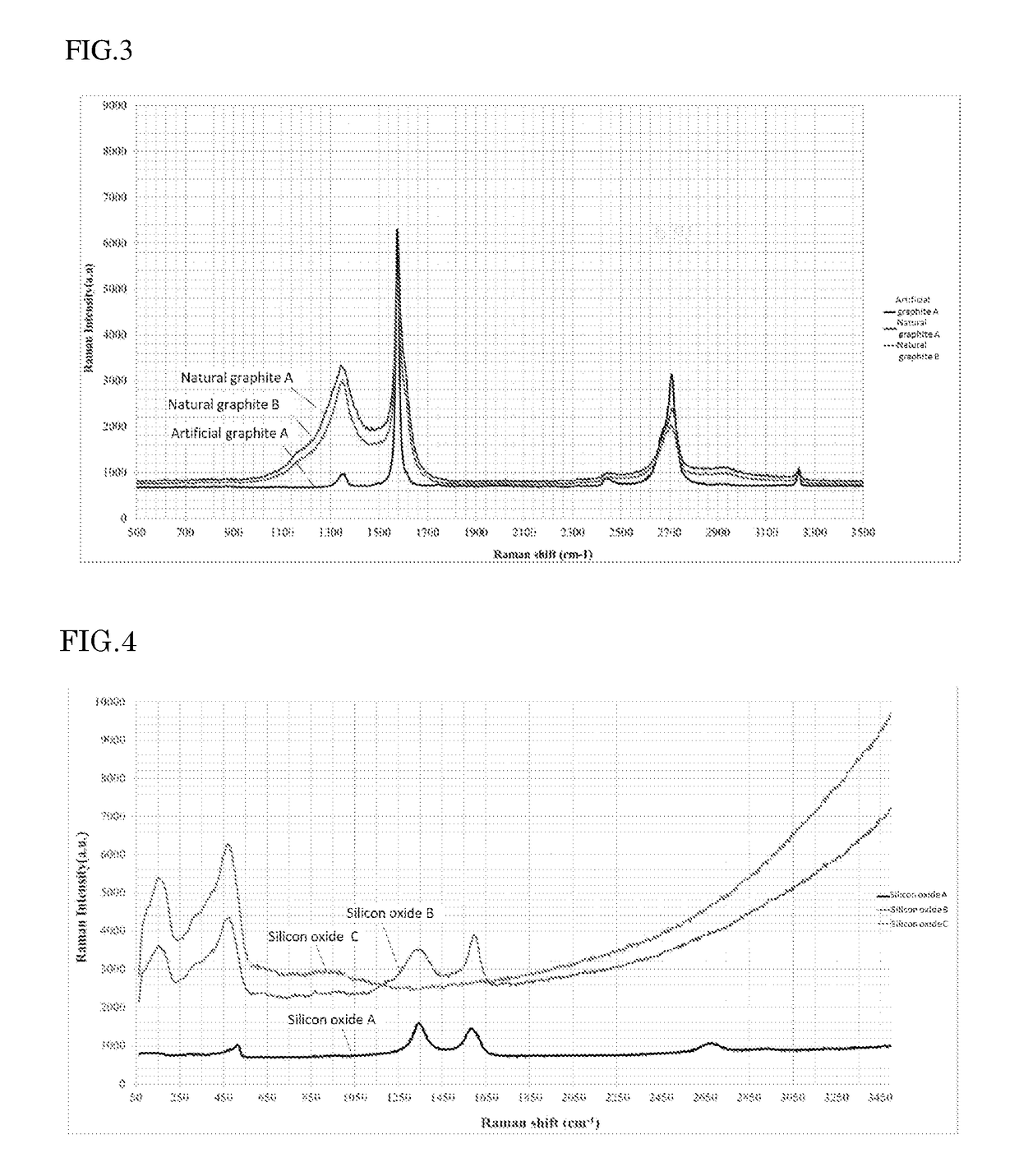Lithium ion secondary battery
- Summary
- Abstract
- Description
- Claims
- Application Information
AI Technical Summary
Benefits of technology
Problems solved by technology
Method used
Image
Examples
example
Example 1
[0079](Preparation of Lithium Ion Secondary Battery)
[0080]Polyvinylidene fluoride (PVdF) as a binder in an amount of 3 mass % based on the mass of the positive electrode active material, and the layered lithium nickel composite oxide (LiNi0.8Co0.15Al0.05O2) in a remaining amount other than the above, are dispersed uniformly in NMP using a rotation revolution type three-axis mixer excellent in stirring and mixing, to prepare a positive electrode slurry. The positive electrode slurry was uniformly applied to a positive electrode current collector of aluminum foil with a thickness of 20 μm using a coater. After drying by evaporating NMP, the back side was also coated in the same way. After drying, the density was adjusted by roll press, to prepare positive electrode active material layers on both sides of the current collector. Mass per unit area of the positive electrode active material layers was 50 mg / cm2.
[0081]The mixing ratio of artificial graphite, SiO with carbon coatin...
examples 2 to 35
[0089]Raman spectroscopy was conducted in the same manner as in Example 1. The graphite, SiO having carbon coating, and carbon nanotubes, showing peak intensity ratios and peak area ratios of a Raman spectrum shown in Tables 1 to 3, were used. Except for that, the batteries were prepared and cycle retention ratios and resistance increase rates were measured in the same manner as in Example 1.
PUM
 Login to View More
Login to View More Abstract
Description
Claims
Application Information
 Login to View More
Login to View More - R&D
- Intellectual Property
- Life Sciences
- Materials
- Tech Scout
- Unparalleled Data Quality
- Higher Quality Content
- 60% Fewer Hallucinations
Browse by: Latest US Patents, China's latest patents, Technical Efficacy Thesaurus, Application Domain, Technology Topic, Popular Technical Reports.
© 2025 PatSnap. All rights reserved.Legal|Privacy policy|Modern Slavery Act Transparency Statement|Sitemap|About US| Contact US: help@patsnap.com



